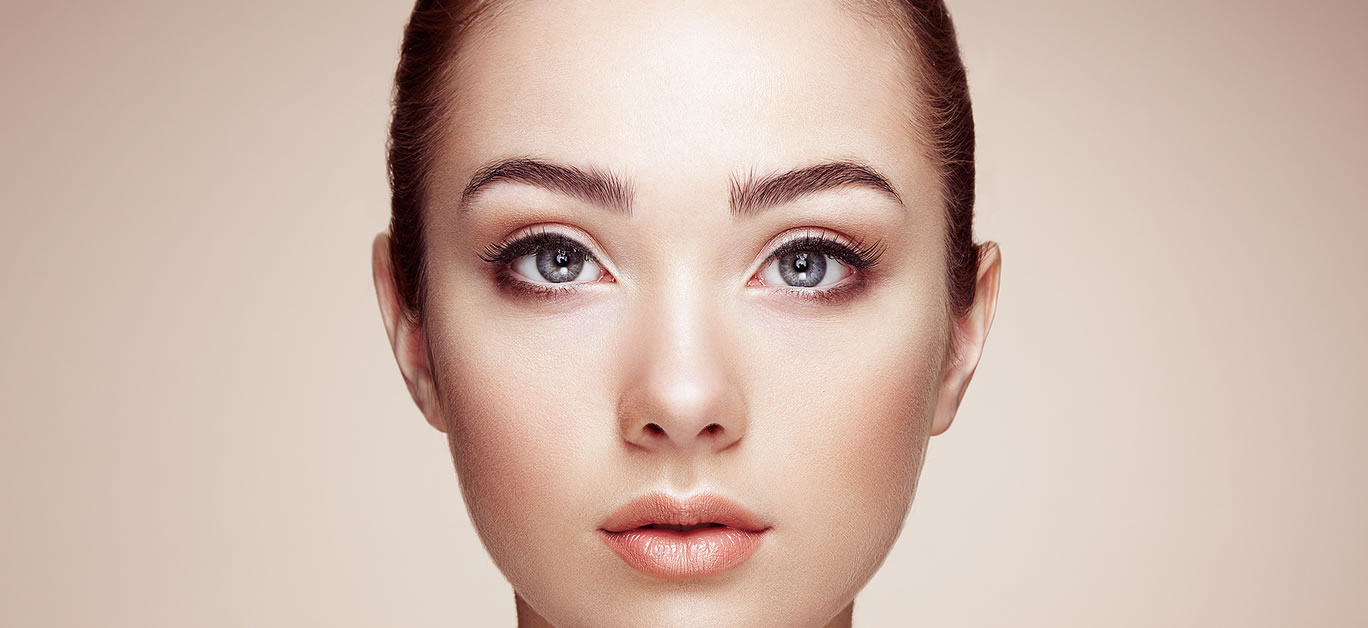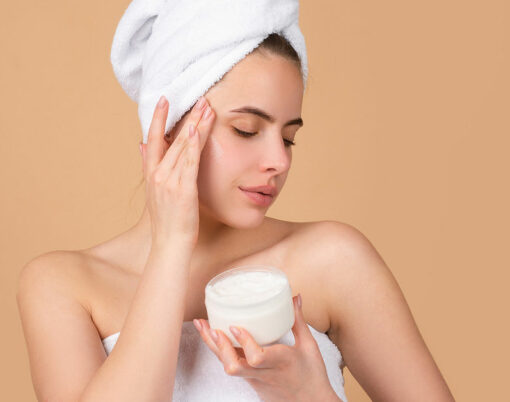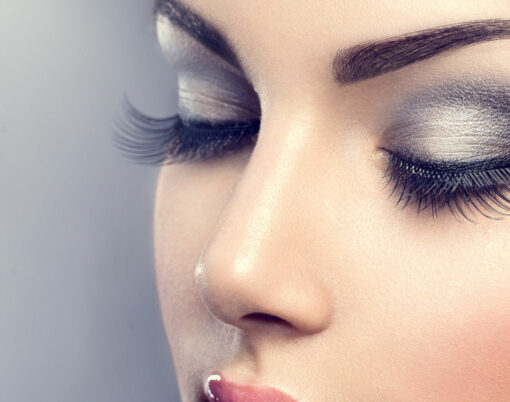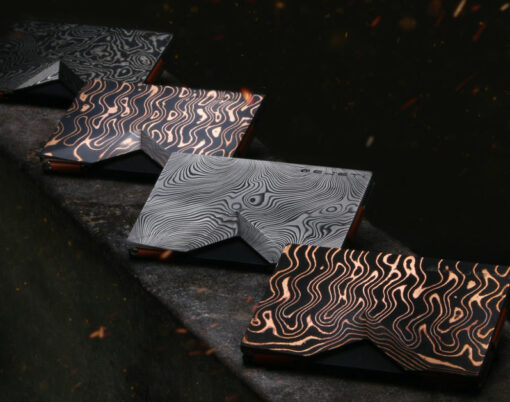When it comes to applying the perfect face of makeup, a good foundation is the key to success, and the wrong finish can easily make or break the overall look. Those with oily skin should avoid luminous formulas, which can accentuate the issue, while if you have dry skin, you should avoid matt finishes like the plague for the same reason.
An ill-advised choice of shade can also spell disaster, which is why it’s so important to go and get matched at a beauty counter before you buy. Too pale, and you’ll find you look ghostly and sick, while too dark, and you’ll end up with a mask-like effect. The purpose of foundation is to smooth out your complexion, not completely change it – you’re looking for a natural-looking finish that makes you look like you’re not wearing anything at all.
Consider foundation to be the correct underwear – you wouldn’t want people to see your underwear underneath your clothes, so subtlety is key. Applying your foundation correctly is essential, too, although the right method for you will depend on your chosen formula.
From loose powders to liquids and even your favourite makeup primer, it’s all in the technique – but fail to get the base right before you start, and all your hard work could be spoilt. Here, we talk you through each of the steps it takes to perfect your foundation – starting with the basics, and going right down to the finishing touches.

It all starts with skincare
Maintaining a consistent skincare routine is essential when it comes to achieving that perfect complexion. If you don’t start with a smooth canvas, then you can’t expect the end result to be flawless – so begin by cleansing your skin thoroughly with a cream, balm or gel cleanser designed to cater to your personal skin type to remove any dirt and debris before you do anything else.
Next, use a gentle exfoliator to slough away dry, dead skin cells that may cause your foundation to apply unevenly or appear flaky if left unchecked. Finally, apply a light layer of moisturiser and allow to sink in; foundation absorbs best when the skin is well hydrated.
Prime time
To prime, or not to prime? That is the question – but while it might be easy to overlook the benefits of applying a luxury primer before your foundation if you’re simply a day-to-day wearer of makeup, the experts know better. While many people skip the extra-base step to use as little product as possible or to save time in the mornings, using one can extend the life of the foundation so that you won’t need to reapply throughout the day – and will also ensure that it goes on more smoothly.
An anti-shine primer is a great addition to your routine for typically oily areas like the forehead, hairline, sides of the nose, and around the lips, while a sheer, illuminating primer is a great option if you’re looking to achieve that radiant glow. Simply apply with your fingertips and tap gently into the skin until fully absorbed.
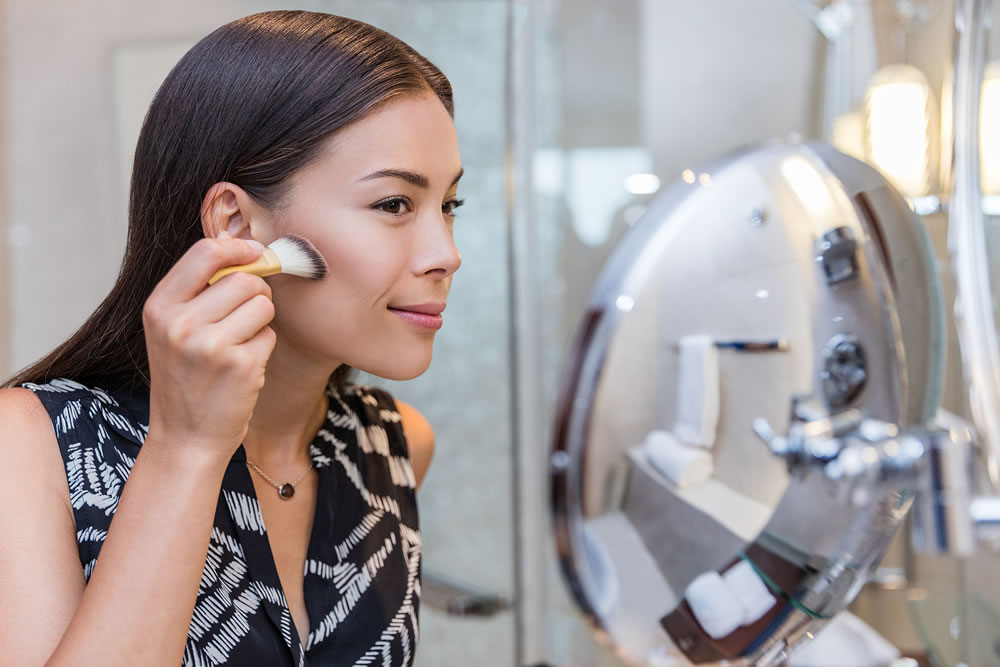
Dermaplaning
Dermaplaning is a popular term in the cosmetics industry, and this innovative new technique has seen a dramatic surge in demand over the past two years as we seek to go one step further in achieving that perfect base. By gently removing ‘peach fuzz’ from your face – that very light, fair hair that all of us have – you start with a completely smooth surface when applying your foundation.
Makeup can highlight this type of downy hair and make it appear more obvious, so a quick trip to your beautician’s salon can make all the difference. Because this is also an exfoliation treatment, if you’re having it done regularly then you can drop your manual and acidic exfoliators from your daily routine so as not to overwhelm or strip the skin any more than necessary to keep it looking its best.
Shades
The most difficult step when it comes to getting your foundation right is selecting the perfect shade for your skin tone – something that is often far easier said than done. Rather than trying to work it out for yourself, it’s wise to visit your favourite brand’s nearest beauty counter so that an expert can match you face to face, as although today’s online matching services are getting better and better, there’s nothing quite like seeing a formula on your skin before you buy.
Avoid buying on the spot once you’re happy they’ve determined the correct shade, and wear it out and about for at least the rest of the day first. The lighting in boutiques and department stores can make it difficult to get a real feel for what a foundation looks like on, and giving yourself the chance to assess it in natural light and in various different mirrors before parting with your cash is the best possible way to ensure that it’s the perfect match.
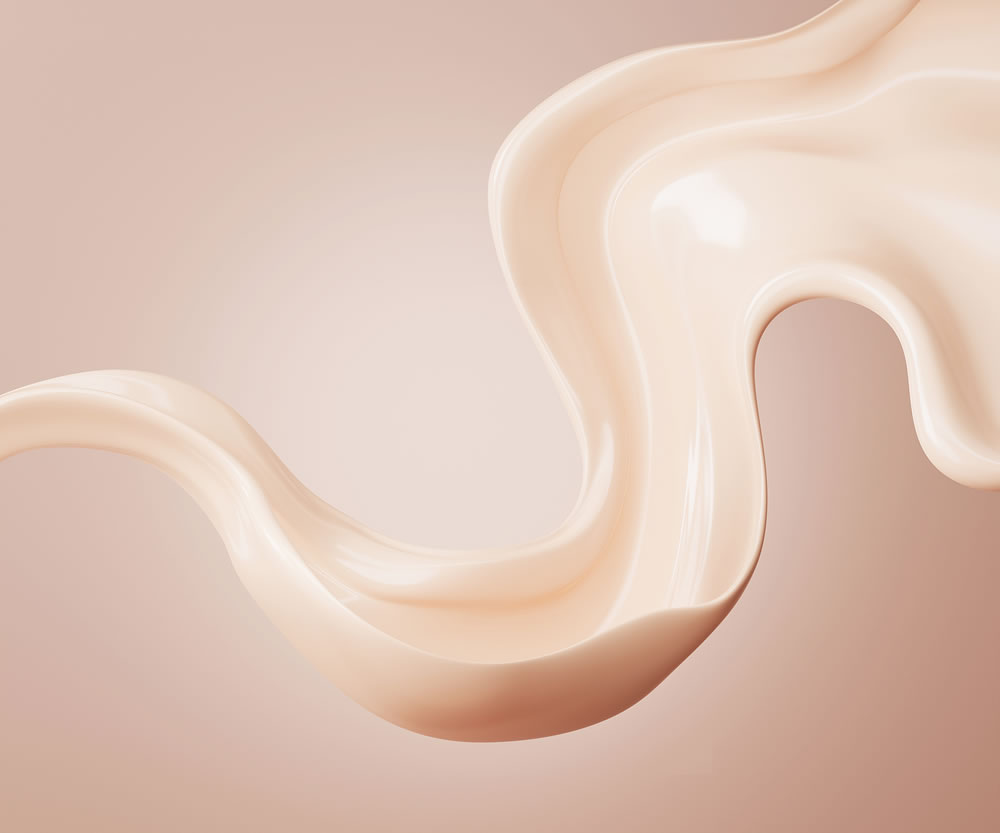
Most foundations are available in three levels of coverage: sheer, medium, and full – so you’ll need to decide what type you are looking for as a starting point. As a general rule of thumb, sheer foundations are great for daytime wear and for those with naturally good skin, while if you’re looking to cover acne scarring or create a more dramatic evening look, then you might like to consider a full or buildable option. Meanwhile, look for a medium-coverage formula with a semi-matt or satin finish if you want to balance out your skin tone or cover minor blemishes – you can always layer it up a little to create a more made-up look when needed.
Don’t fall into a beauty rut by wearing the same foundation all year – or even year after year. Instead, consider changing up your shade and formula with the seasons and as you get older, to keep up with your skin’s ever-changing needs. As the seasons change, our skin becomes drier at times and oilier at others, and our skin colour inevitably changes from summer to winter, often becoming many shades lighter or darker.
The right formula
Everyone has their particular preference, but for optimal blendability, stick to liquids and mousses if you want a glowy, lit-from-within look. Liquid foundation is the easiest to apply and blend, and works well on most skin types. Although you can use brushes, applying foundation with your fingers and massaging it as you would your skincare will help promote circulation and give you that desired natural glow, and you won’t have to worry about checking for brush marks.












